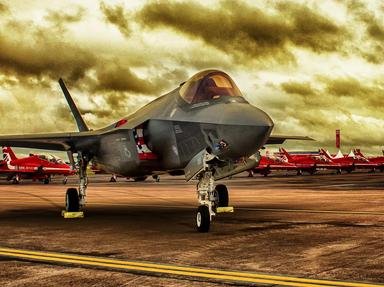Quiz Answer Key and Fun Facts
1. 17 September 1939 - which fleet carrier was sunk off the west coast of Ireland?
2. 14 October 1939 - which battleship was sunk while at anchor in harbour?
3. 8 June 1940 - which fleet carrier was lost during the British evacuation from Norway?
4. 24 May 1941 - which battlecruiser was destroyed in the Denmark Strait?
5. 13 November 1941 - which fleet carrier was sunk returning to Gibraltar?
6. 25 November 1941 - which battleship was sunk in the Central Mediterranean?
7. 10 December 1941 - which battlecruiser became the first capital ship to be sunk solely by aircraft while at sea?
8. 10 December 1941 - which battleship was sunk by Japanese aircraft in the South China Sea?
9. 9 April 1942 - which fleet carrier was sunk off the coast of Ceylon?
10. 11 August 1942 - which fleet carrier was sunk in the Western Mediterranean near Majorca?
Source: Author
Red_John
This quiz was reviewed by FunTrivia editor
stedman before going online.
Any errors found in FunTrivia content are routinely corrected through our feedback system.
